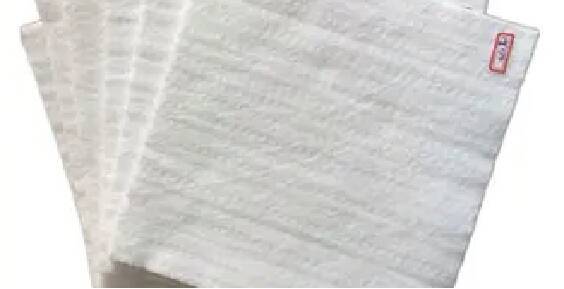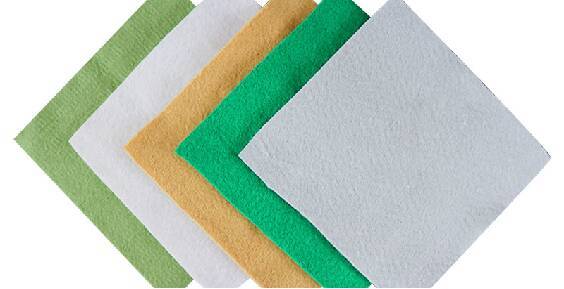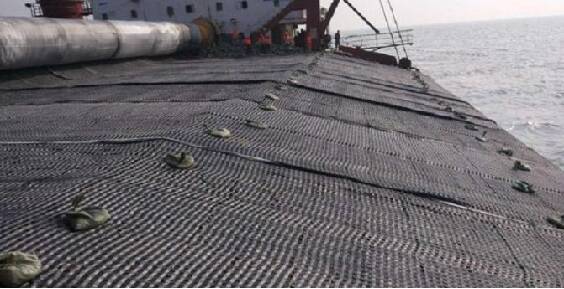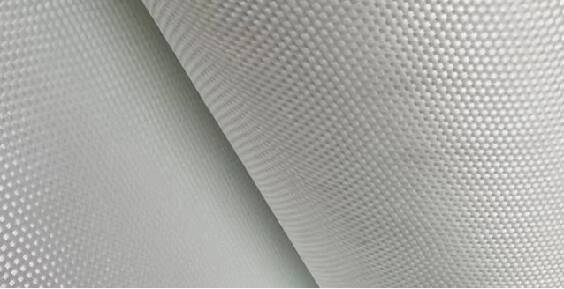-
About UsZHONGTAI HENGBANG Engineering Technology Co., Ltd. is located in the Academician Entrepreneurship Base of Tai'an National High-Tech Industrial Development Zone, Shandong Province. The company is a comprehensive service provider specializing in engineering consulting and design, materials R&D and manufacturing, as well as operations and maintenance. With strong technical expertise and robust R&D capabilities, its products are primarily applied in critical areas such as water conservancy infrastructure projects, transportation infrastructure initiatives, and environmental protection solutions for isolating and preventing leakage from urban waste and highly hazardous industrial solid waste.

-
ProductsZHONGTAI HENGBANG Engineering Technology Co., Ltd. boasts production lines sourced from countries including Germany, Italy, Denmark, Belgium, and Switzerland, adhering to rigorous quality management systems and testing standards. We are equipped with advanced testing equipment capable of evaluating tensile strength, creep resistance, UV protection, water permeability, flame retardancy, antistatic properties, chemical corrosion resistance, and oxidation performance.

-
Application CasesThe product is primarily used in hydraulic infrastructure projects, transportation infrastructure projects, and environmental protection applications—including the isolation and impermeability of municipal waste and highly hazardous industrial solid waste.

-
BlogPrioritizing technological advancement and innovation, our company is committed to fulfilling user needs to the fullest extent possible.
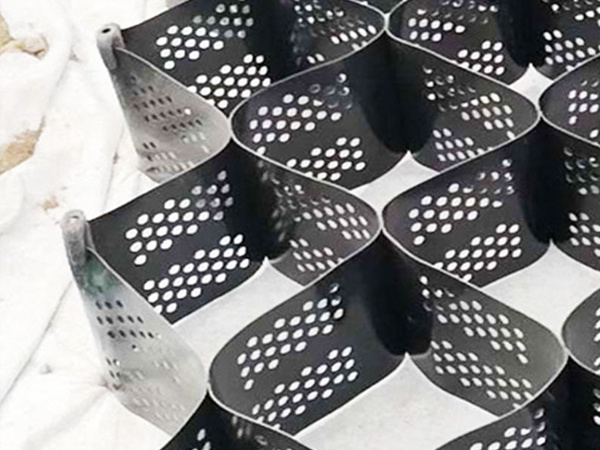
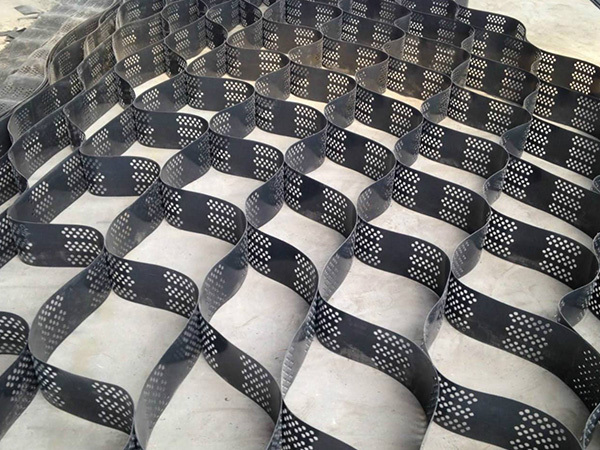
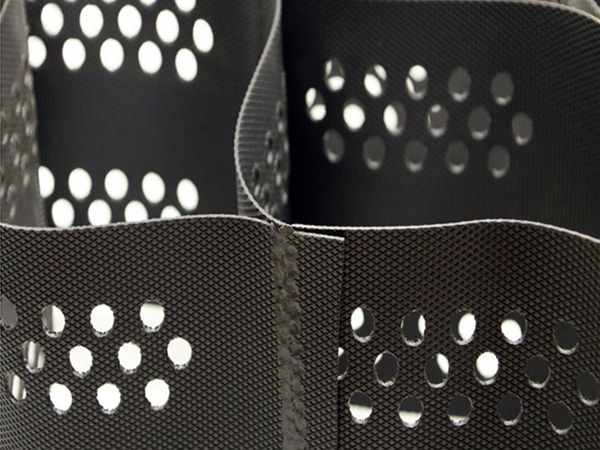
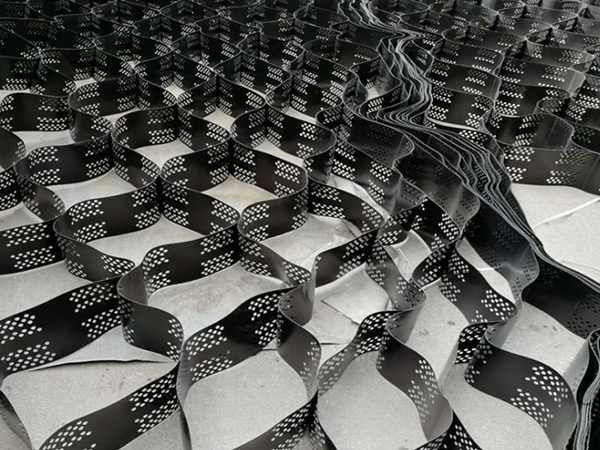




Geocell
Geocell systems are constructed from high-strength HDPE wide-width strips, which are tightly welded together to form a mesh-like cellular structure. These cells are highly flexible and can be easily folded for compact transportation—simply unfolding them on-site before filling with soil, rock, or even concrete mixtures. This creates a robust structural framework capable of providing strong lateral confinement and exceptional rigidity. Geocells can be used as foundation layers to enhance the load-bearing capacity of weak subgrades, laid on slopes to form effective slope protection systems, or even employed in the construction of retaining structures and other geotechnical applications.
Keywords:
Detailed description
Product Introduction:
Geocell systems are created from high-strength HDPE wide-width sheets, which are tightly welded together to form a mesh-like cellular structure. These cells are highly flexible and can be easily folded for efficient transportation—when in use, they expand fully and are then filled with soil, rock, or even concrete materials, resulting in a robust structural system that provides exceptional lateral confinement and significant rigidity. Geocells can be used as foundation layers to enhance the load-bearing capacity of weak subgrades, laid on slopes to create effective slope protection systems, or even employed in the construction of retaining structures and other geotechnical applications.
Main uses:
Used to stabilize railway subgrades.
Used for stabilizing highway soft ground treatment.
Embankments and retaining walls designed to withstand heavy loads.
Used for shallow-water channel management.
Support structures for pipes and sewers.
A hybrid retaining wall designed to prevent landslides and withstand compressive loads.
Used for retaining walls, piers, breakwaters, and more.
Used for the management of deserts, beaches, riverbeds, and riverbanks.
Product Specifications:
Specifications Project | GS--250 | GS--200 | GS--150 | GS--100 | GS--75 | GS--50 |
Geocell height (mm) | 250 | 200 | 150 | 100 | 75 | 50 |
Grid Cell Weld Spacing (mm) | 340 | |||||
Geocell sheet thickness (mm) | 1 ± 0.05 | |||||
Geocell unit area mass (g/m²) | 3310 ± 200 | 2648 ± 200 | 1986 ± 200 | 1324 ± 200 | 933 ± 200 | 662 ± 200 |
Bonding Strength at Geocell Weld Joints (N) | 2560 | 2050 | 1460 | 1023 | 864 | 560 |
Note: Special specifications will be handled according to the agreement or contract. | ||||||

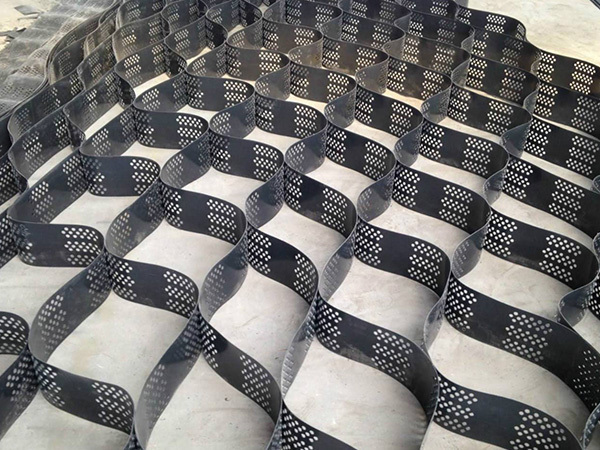

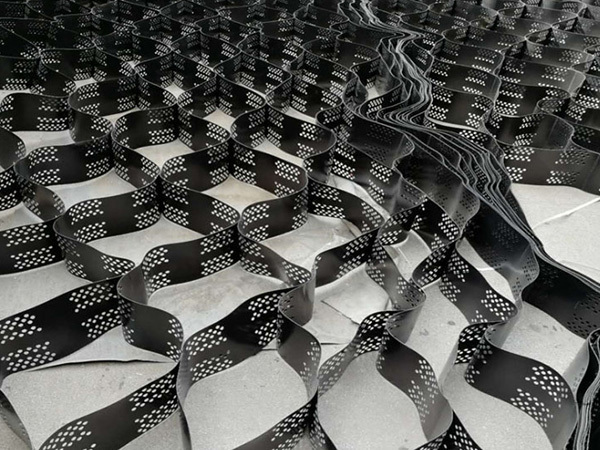
Get a product quote
We’re here to help you every step of the way! Please fill out our inquiry form, and our team will respond promptly.
Recommended Products
Strong technological capabilities and robust R&D expertise
Laminate Film Machine-Woven Fabric
ZHONGTAI HENGBANG Engineering & Technology Co., Ltd.
Address: East Section of Zhongtianmen Avenue, Tai'an High-tech Zone, Shandong Province
Service Hotline

COOKIES
Our website uses cookies and similar technologies to personalize the advertising shown to you and to help you get the best experience on our website. For more information, see our Privacy & Cookie Policy
COOKIES
Our website uses cookies and similar technologies to personalize the advertising shown to you and to help you get the best experience on our website. For more information, see our Privacy & Cookie Policy
These cookies are necessary for basic functions such as payment. Standard cookies cannot be turned off and do not store any of your information.
These cookies collect information, such as how many people are using our site or which pages are popular, to help us improve the customer experience. Turning these cookies off will mean we can't collect information to improve your experience.
These cookies enable the website to provide enhanced functionality and personalization. They may be set by us or by third-party providers whose services we have added to our pages. If you do not allow these cookies, some or all of these services may not function properly.
These cookies help us understand what you are interested in so that we can show you relevant advertising on other websites. Turning these cookies off will mean we are unable to show you any personalized advertising.


